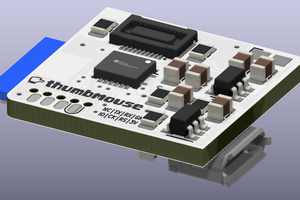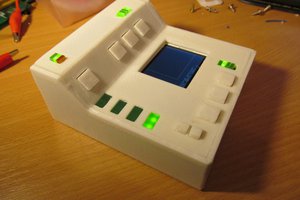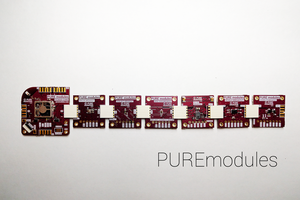Most of us walk around with a powerful multi measurement device, smartphone. I am not a fan of this name, but these little devices pack a lot of processing power combined with many precise sensors, all closed in a portable package. As useful as they are however, there are still lots of sensor available that cannot be put in a phone.
The sensors we usually don't carry around include Geiger Counter, Infrared thermometer, CO meter, oxygen meter, range finder and others that are either too big or too heavy on batter for a mobile phone. Some of those measurement devices can be used as work tools, while other can be used as safeguards and alarms.
Use cases:
- a carbon monoxide sensor in a house with combustion heating system,
- heat or smoke sensor close to your latest hardware hacking project related to high voltage or generally flammable in nature,
- a Geiger counter may warn you sooner about danger that public news (late info in eastern Europe about Chernobyl incident, stolen radioactive cobalt containers in Poland...),
- a sound level meter that proves your colleague (or mother in law) is too noisy :)
Using the interface specifically designed for this project, you can monitor every sensor for specific trigger conditions, watch current readings and record everything on a memory card or transfer the data live through Bluetooth to your smartphone, serial cable or design your own interface with Ethernet, WiFi or whatever other communication medium you see fit.
 Atheros
Atheros
 Matias N.
Matias N.
 jaromir.sukuba
jaromir.sukuba
 Danie Conradie
Danie Conradie
 Pure Engineering
Pure Engineering